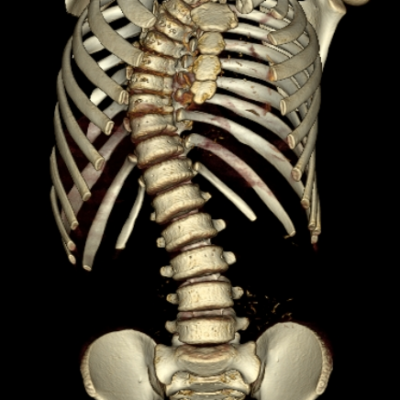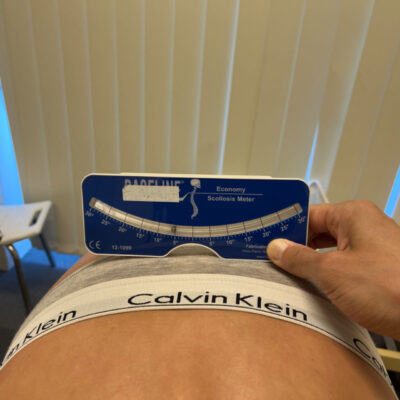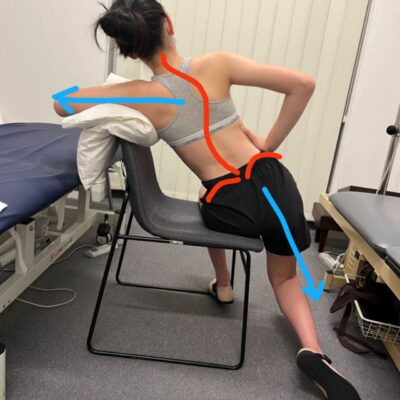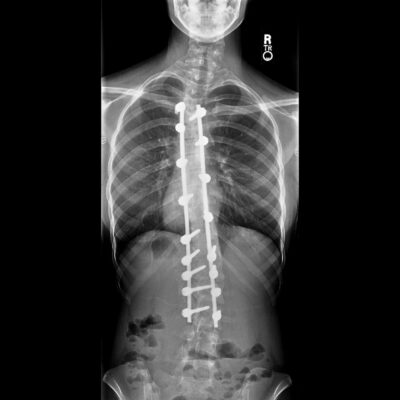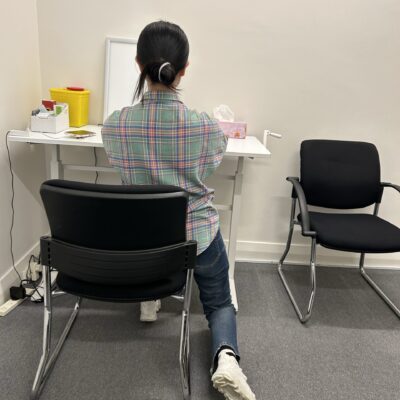What is Scoliosis?
Scoliosis is an abnormal lateral (sideways) curvature of the spine. The posture and X-ray of someone with scoliosis, appear to have an S or C shape.
By definition, only when the lateral curvature of the spine exceeds 10° on X-ray, should it be defined/diagnosed as a clinically significant scoliosis. A curvature less than 10 degrees is known as a spinal asymmetry.
Scoliosis is commonly classified by age groups and aetiology (causes). You can read more by clicking on the aforementioned links.
For most scolioses, the causes are unknown
Chief among scolioses (plural of scoliosis), adolescent idiopathic scoliosis (AIS), whose cause is unknown, accounts for the vast majority (80%+) of the cases. The following passage is in relation to the development of AIS.
Did we do something wrong?
Parents often ask us, if they did something wrong or overlooked something to have caused their children’s scoliosis, such as single-handed sports like tennis or if they sat cross-legged when studying, etc. This is not at all the case.
Likelihood of curve progression
We are also asked by parents how likely will the curve worsen in their child. In essence, the earlier the age of discovery (e.g. prepubescence), and the greater the Cobb angle at the time of discovery, the more likely the curvature will progress in AIS.
Research shows except for family history, there are no highly predictive factors for scoliosis. Most people are unaware of their own family history of scoliosis. Therefore, if you know that someone in your family has scoliosis, regular examinations of your own children is beneficial for early detection and early treatment. Please click on this link for a guide on self-assessment.
Early diagnosis is the key to optimal outcome
It is important to check your child regularly for scoliosis. Treatment results are far better if started early before the curvature progresses.
As pain is not a prominent symptom of AIS (80%+), the first sign of scoliosis may be a visibly abnormal posture. Girls are more likely to develop scoliosis than boys.
Once scoliosis is diagnosed, early and active intervention (such as therapeutic exercises and braces) can be utilised to slow down curve progression and maximise the extent of the correction possible.
What do the experts say?
As scolioses vary in their causes, appropriate therapy also vary significantly. The following is an overview of the treatment for the most common scoliosis, namely, AIS, based on the 2016 SOSORT Guideline (Scientific Society on Scoliosis Orthopaedic and Rehabilitation Treatment):
1. If spinal asymmetry (Cobb angle less than 10°) can be identified on X-rays, and the scoliosis is likely to worsen (e.g. pre-pubescent child), ongoing monitoring is necessary to ensure that timely intervention can be carried out in the event of significant curve progression.
2. If the Cobb angle on the X-ray exceeds 10° but is less than 25°, the recommended treatment is specific exercises and bracing. If the patient has not reached puberty but the curve is advancing rapidly, it may be necessary to commence specific exercises and bracing early to slow the curve progression. With early detection and active intervention, scoliosis can often be slowed down and some correction is possible whilst maintaining a normal lifestyle.
3. If the Cobb angle exceeds 45°, or if conservative treatment cannot control curve progression, orthopaedic monitoring and advice are required.
Treatments that don’t work
Manual therapy (including massage and chiropractic), acupuncture, yoga, swimming, Pilates, bar stretching, etc., while they may help relieve some symptoms such as stiffness, there is no evidence they help curb scoliotic curve progression.
Unless there is a proven leg length discrepancy (>1/5cm), leg-length levelling shoe inserts do not make a material difference in scoliosis correction.
Patients and families should seek advice from health professionals specifically trained and experienced with the management of scoliosis, as delay or incorrect treatment may lead to unnecessary worsening of vertebral curvature.
Activities of daily life
Specific exercises and stretches should be incorporated into activities of daily life to maximise possible correction.
Advice on bracing, sleeping position, sitting position, diet and sleep (scoliosis is also linked to vitamin D deficiency, melatonin and growth hormones) is useful to build on the cumulative beneficial changes in biomechanics and physiology to optimise clinical outcome.

